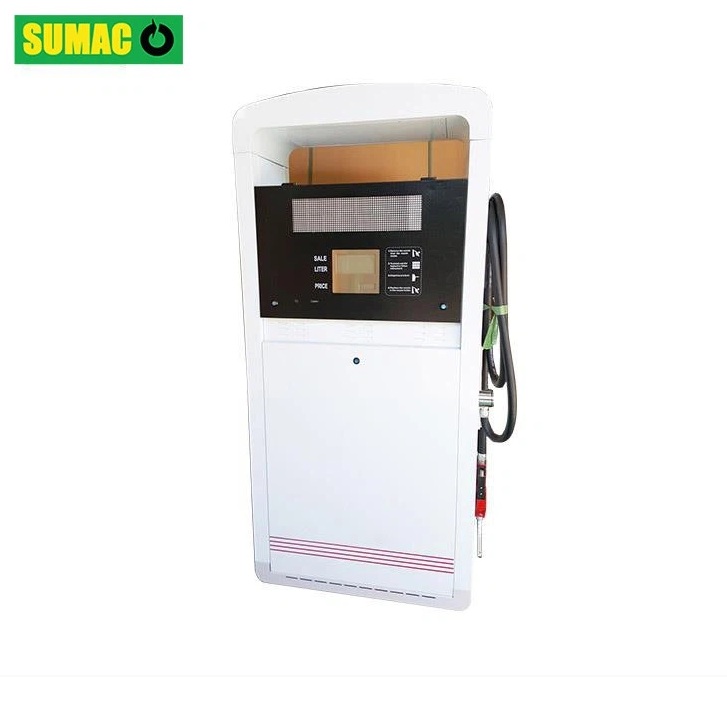Properly managing waste oil storage tanks is critical to meet EPA, OSHA, and international environmental regulations. Here are the essential compliance requirements:
1. Leak Prevention & Spill Control
-
Secondary Containment: Tanks must have double-walled construction or a containment dike (capacity ≥110% of tank volume).
-
Leak Detection: Install electronic sensors or conduct weekly visual inspections (per EPA 40 CFR 264/265).
-
Spill Kits: Keep absorbent materials nearby for emergency response.
2. Venting & Emissions Control
-
Vapor Recovery: Required for tanks storing volatile waste oils (e.g., gasoline-contaminated oils).
-
Flame Arrestors: Mandatory for flammable oils (NFPA 30, OSHA 1910.106).
3. Material & Design Standards
-
Tank Material: Must resist corrosion (e.g., UL 142-certified steel or Fiberglass Reinforced Plastic (FRP)).
-
Labeling: Clearly mark tanks with "Waste Oil" and hazard warnings (OSHA HazCom).
4. Recordkeeping & Reporting
-
Manifests: Track oil transfers using EPA Form 8700-22.
-
Annual Testing: Pressure-test tanks per API 653 (for steel tanks).
5. Disposal & Recycling Rules
-
No Landfilling: Waste oil must be recycled or processed (EPA 40 CFR 279).
-
Transport Compliance: Use DOT-approved containers for shipping.

